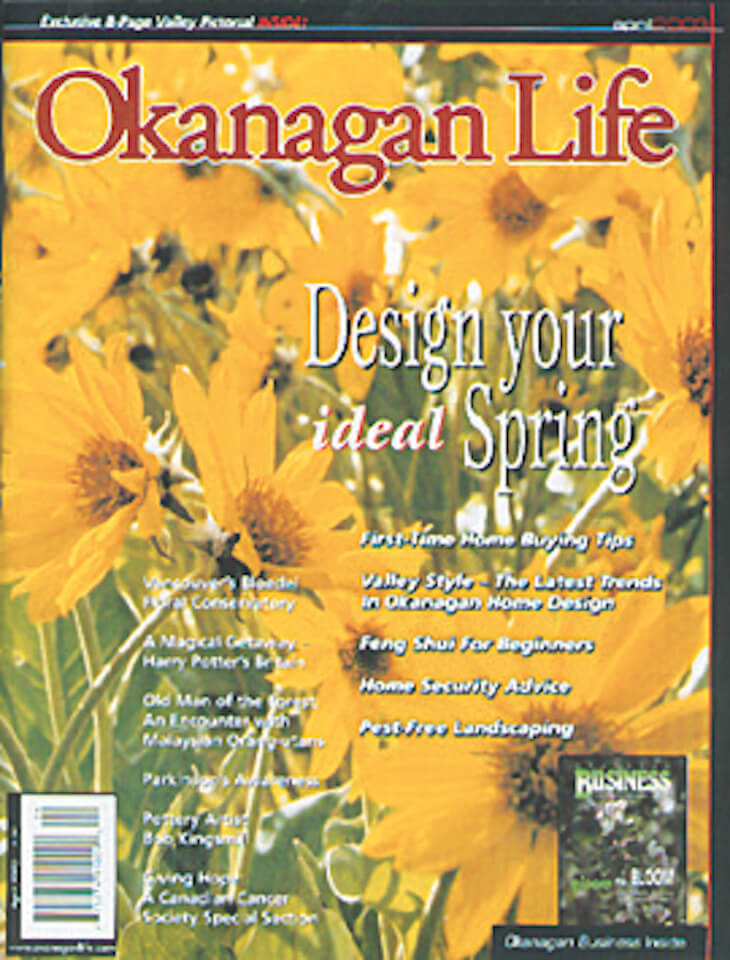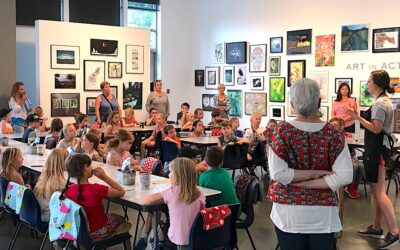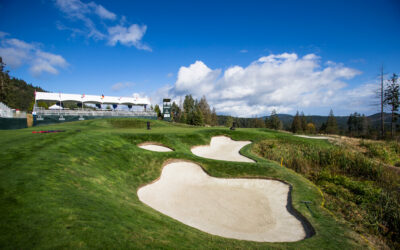So, for the new food and wine lover, here is my four-step guideline to wine appreciation.

By Dennis Dwernychuk

Mia Papodopoulos tasting at the Okanagan Life wine awards in 2016
Times are a changing! What does it tell you when the world’s largest fast food company experiences it’s first revenue loss. Perhaps North Americans are fed up (no pun intended) with animal fat-soaked artificial beef and chicken parts. We are slowly but surely taking on the health conscious Mediterranean diet; olive oil instead of butter, garlic, Provençal herbs, fresh fruit and vegetables, lean meats, and an exponential demand for red wine. More and more consumers are appreciating the satisfaction of preparing healthy meals accompanied by a robust glass of wine.
So, for the new food and wine lover, here is my four-step guideline to wine appreciation. This analysis demands an unpretentious attitude; there is no such thing as a wine expert. I have been in the business for more than 25 years, and I haven’t come across an “expert” yet. Every bit of wine knowledge you acquire makes food and wine pairing that much easier. Here goes!
First
Appearance: Make sure you have clean stemware, well rinsed, with a sufficient bowl and tapered top to allow a sample to be swirled without it being ejected onto your neighbour’s white satin dress. Premium glass manufacturers like Reidel and Villroy and Boch have several shapes and sizes for different varietals at a premium price. I have found the classic Bordeaux style to be the best overall glass shape.
Pour only one third of a glass. This will allow you to effectively swirl the wine and release the aroma components up the inside surface. Look for both colour and clarity.
The sample should be free of haze, cloudiness and surface film. Any of these conditions may indicate bacterial spoilage or other defect. Older wines should be stood up in bottle for a few days and decanted prior to serving. I decant all red wines.
Colour is observed at the far meniscus line and the centre of the bowl. Look for intensity, opaqueness, or transparency. White wines gain colour with age, while red wines loose colour with age. White wines change from yellow-greens through golden yellow to yellow-brown while red wines change from purple through purple-red to garnet to red-brown; all a function of natural reductive oxidation.
Second
Aroma: Smell is everything! Most of wine appreciation resides in your nose. Aroma is divided into:
- Primary – characteristics of a particular grape variety. Each grape has an identifiable genetic blueprint predisposing it to a set of specific aromas – Merlot vs. Cabernet Sauvignon vs. Shiraz.
- Secondary – aromas associated with alcoholic fermentation
- Tertiary – also known as bouquet, the essence derived from oak barrel and/or bottle maturation. When nosing a sample, use specific adjectives; cassis, blackberry, pineapple and so on, rather than flowery or fruity. This will develop your ability to distinguish among and between the varietals. Shiraz from British Columbia, Australia, and the Rhone Valley of France will have similar but unique characteristics as a function of soil, micro-
climate, grape growing, and wine making techniques specific to each region.
Third
Taste: Your tongue is divided into four main receptor areas. The front detects sweet, the sides acidity – what many call sour, salt is tasted over the entire surface, and bitter at the back.
That’s it. What you perceive as flavour is a combination of these four areas plus a retro-nasal effect.
Tactile sensations of weight and body are primarily due to the effects of alcohol; increases in the alcohol content increase your perception of sweetness, glycerol, tannin; the drying effect over the entire mouth surface, and residual sugar.
White wines should be “balanced” between the perceptions of sweetness and acidity while red wines are balanced among sweet, acid, and tannin for any given level of flavour perception.
Fourth
Finish: the perceived persistence of flavour after swallowing. This perception should be consistent with the aroma and flavour intensity. The longer the better! A totally balanced wine possesses integration and equivalent intensity between aroma, taste, and finish.
Make notes on the attributes you appreciate in particular wines. Remember wine tasting is subjective, what you appreciate will be different from what I like. The differences are a function of our tasting and smelling experiences throughout our lives. The main thing is to have fun.
Finally, two service tips.
- Chill white wines only one hour prior to serving. Your palate’s ability to perceive detail in wine is a function of molecular size. The colder the sample the more difficult it is to sense the full extent of a white wine’s character.
- Decant all red wines. This will release the aroma and flavour components. I constantly hear people comment that the wine was better when the bottle was almost empty. Removing the cork to let a wine “breathe” is a
fallacy; only the top inch of wine benefits.
Now get out there, gather some friends and do a blind tasting. What a great way to learn about this growing lifestyle. Cheers!
Read more of the original stories celebrated in our 30th-anniversary issue.
Art Gallery seeks volunteers for school tour program
The Kelowna Art Gallery is currently recruiting volunteer docents (tour guides) for their 2018/19 school tour program. These volunteers lead students on exhibition tours, facilitate discussions about what they see, and assist with hands-on art activities. Interested...
Young Stars team rosters released
The 2018 Young Stars Classic will return to the South Okanagan Events Centre in Penticton, from Friday, September 7 to Sunday, September 9. Featuring two games between the top prospects from the Winnipeg Jets and Vancouver Canucks, the weekend is not to be missed....
Students fight back against sky-high textbook costs
Students across the province are returning to college and university campuses today and experiencing what many might not expect: sticker shock from the cost of their textbooks. With textbook prices commonly in the range of $200 per book, students are beginning to...
Sign up for painting, printmaking and more this fall
Register for fall art classes at the Kelowna Art Gallery September is back to school for artists too. Registration for the Kelowna Art Gallery’s fall art classes and workshops for youth and adults is now underway. Don’t miss your chance to take part in these...
Tech tackles high rents
Older owners house the next generation Technology alone can’t solve every problem, but sometimes it sure helps. Looking to address housing affordability, UBC engineering student Cailan Libby and professor Dr. Ken Chau turned to an unconventional solution that was more...
Pianos in the park
Ivories create community connections Visiting from Calgary, Laine McKay plays a tune on a hot summer day. Photo by Yvonne Turgeon. A summer stroll in Kelowna offers more than serene lake views; it provides an opportunity for people of all ages...









0 Comments